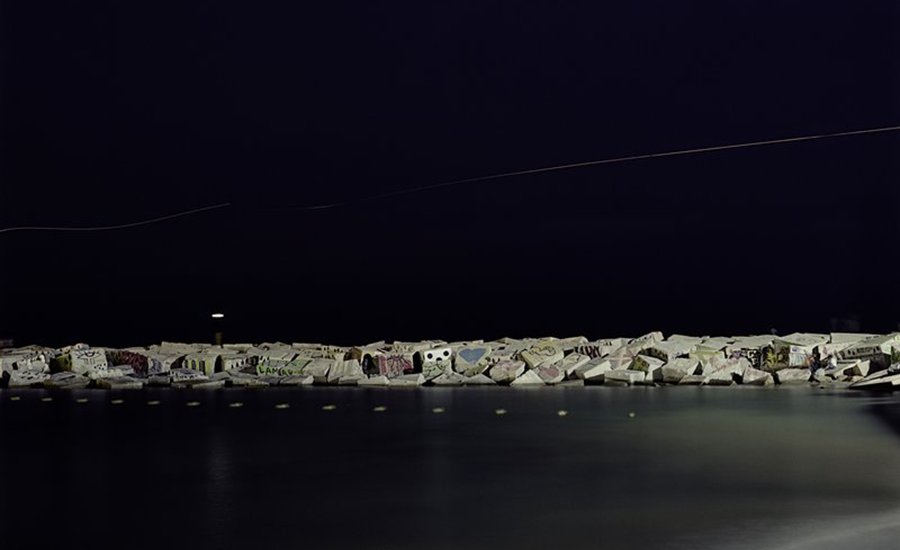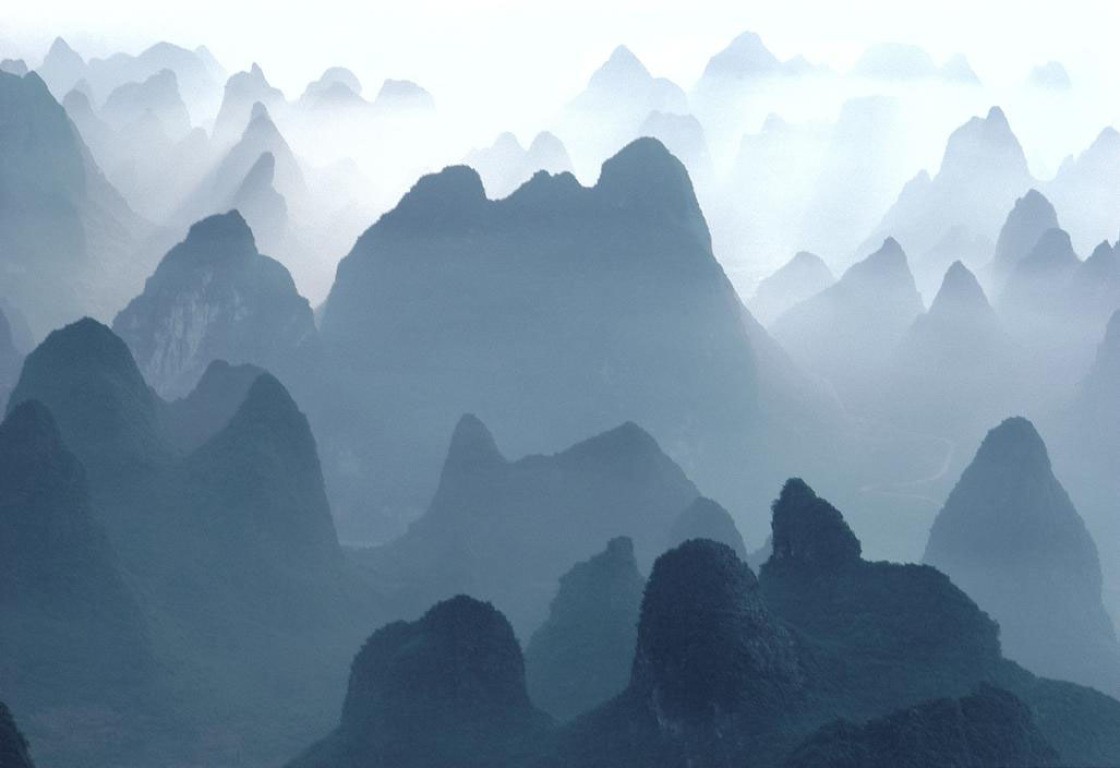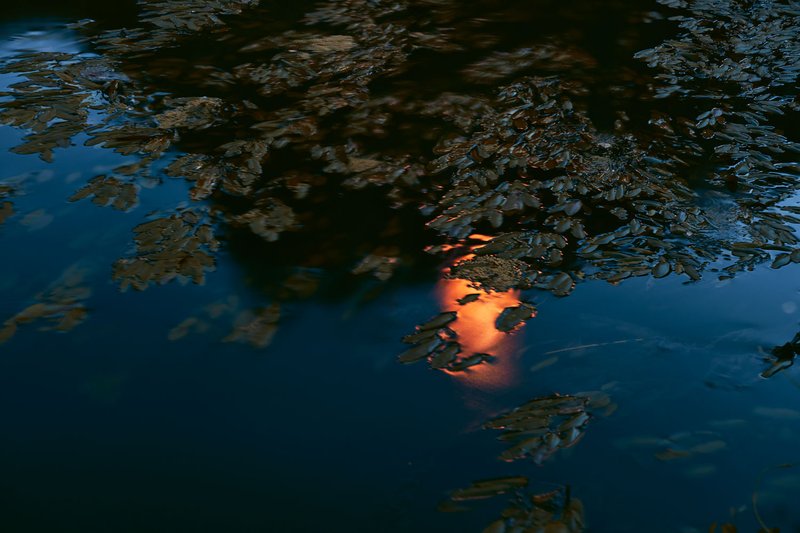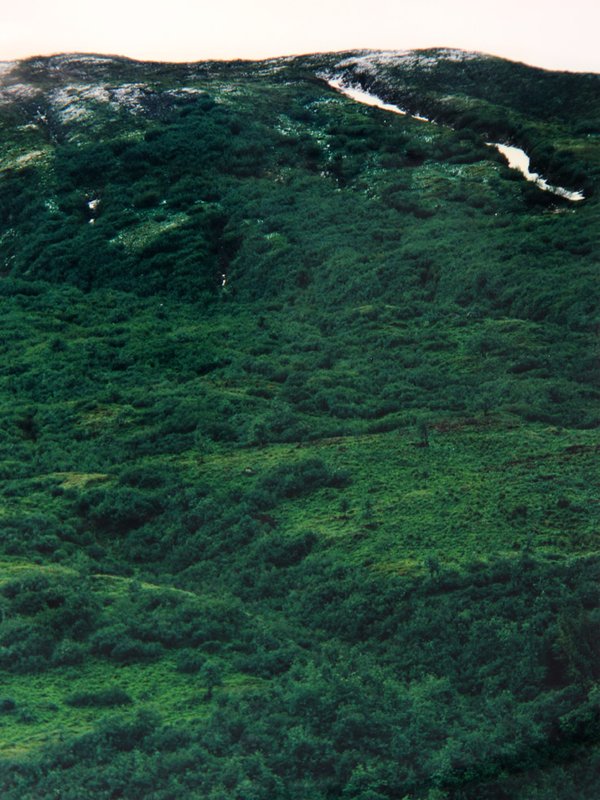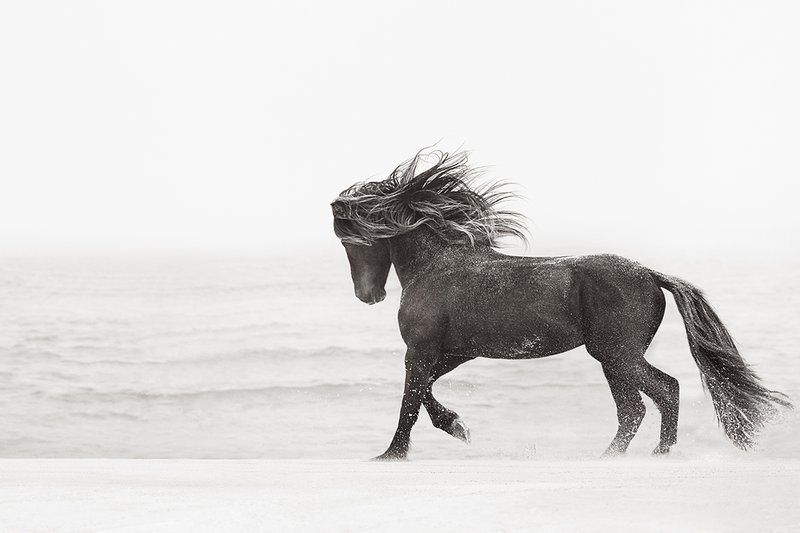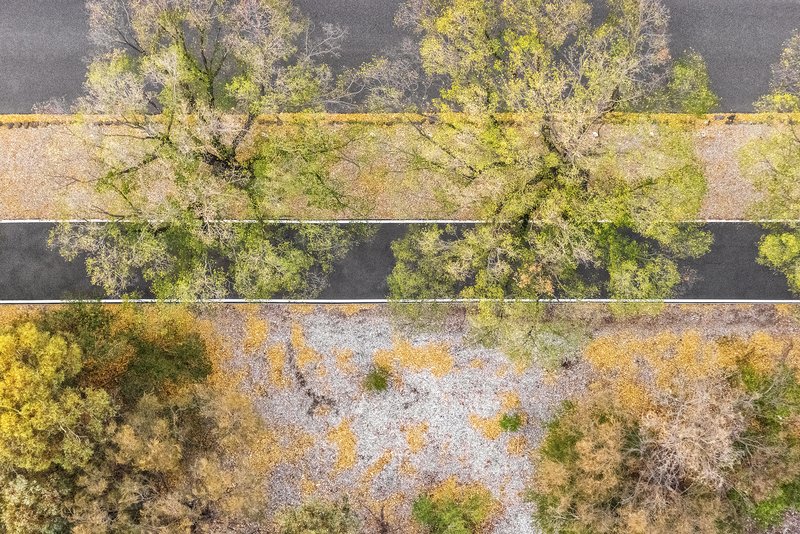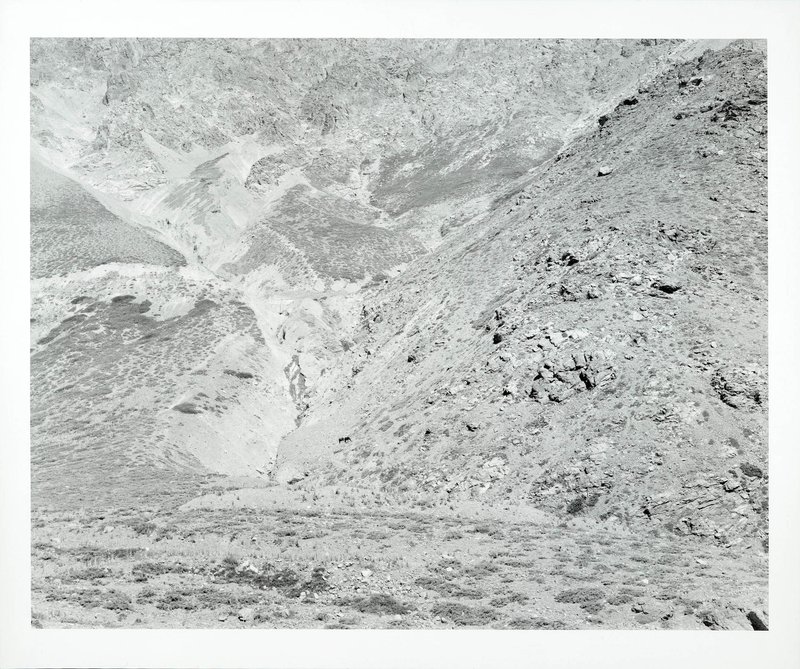Throughout art history, nature has been a deep source of inspiration to visual artists. From the earliest landscape paintings, humans tried to not just capture the overwhelming power of the natural world, but use it to say something about ourselves – the early Chinese scroll paintings of the Tang Dynasty (618-907) depicted landscapes as a place to which civilised, cultivated men could escape the everyday, while those of the Song Dynasty which followed showed nature as a metaphor for an orderly, hierarchy-based society. Modern conceptual and installation artists are similarly inspired, whether working with slowly melting blocks of ice , or floating synthetic clouds through galleries for a few brief but ecstatic moments.
Photographers have been similarly moved and inspired by the environment and nature. And in each case, the impulse remains the same – to make sense of our own place in the great scheme of things by reconsidering the world around us, and being inspired by an image to step outside of our everyday existence.
For your inspiration then, here’s our edit of some of our favourite pieces from the Artspace Great Outdoors Archive - all of them between $2,000 - $3,000 (£1,500 - £2,300).
Ed Ruscha – Bow-Tie Teardrop (Bow Tie Landscapes) (2003)
Immersed in the landscape of California, Ed Ruscha’ s work in books, drawing, photography and films has constantly harked back to the physicality of the West Coast. Bringing together abstract text with overpowering landscapes, his images have been hugely influential in shaping our view of modern Americana. This image, Bow Tie Teardrop , is from his Bow Tie Landscapes series (two others are also in the Artspace archive), shot in Palm Springs and showing a mirrored image of the almost lunar rock formations, overlaid not this time with words but with twin white teardrop shapes. The vivid blue sky above and its warmly bleaching light locates you firmly in California and adds to the hyperreal feel of the image.
Hiroji Kubota – Aerial view of Li River and Mountains (1980)
While much coverage of China’s emerging dominance focuses on its industrial, technological and demographic growth, the country’s astonishing natural beauty is frequently overlooked. However, Japanese photographer Hiroji Kubota ’s image of the Huangshan Mountains in Guilin should disabuse the viewer of any idea that China is simply a place of sprawling new cities and industrial centres. The layered, receding, mist-shrouded peaks of the mountains create the illusion of a multiple exposure, the Li river winding between them and textures of growth just visible on the nearest outcrops. Kubota took this image during a prolonged exploratory mission covering 1000 working days between 1979 and 1984, which saw him make his way across the entirety of China. The end result was the vast China book, a collection of 185 pictures, from which this image is taken.
Dani García Sarabia – Contemplum #019 (2018)
Based in Barcelona, Dani García Sarabia has over 20 years in the advertising industry as a photographer and artistic director. However, his own personal projects have dealt with something more abstracted and ambiguous. His Valira Drive series explored the Andorran countryside and the tension between the striking, rugged landscape and the tourists encroaching on it in a collection of brooding, people-free images. His recent Contemplum series pushes this study of nature even further, indulging what Sarabia calls his urge to be a ‘landscape seeker’. But in each image, it is not the sky and the land which meet, but two other elements: water and light; mist and foliage; snow and moon. As Sarabia writes, ‘The non-linear narrative of the project reinforces the metaphysical concept of life as a systemic structure in which the whole is much more than the mere union of the parts.’ The end result is a series of strange, delicate renderings of unstoppably powerful environmental forces.
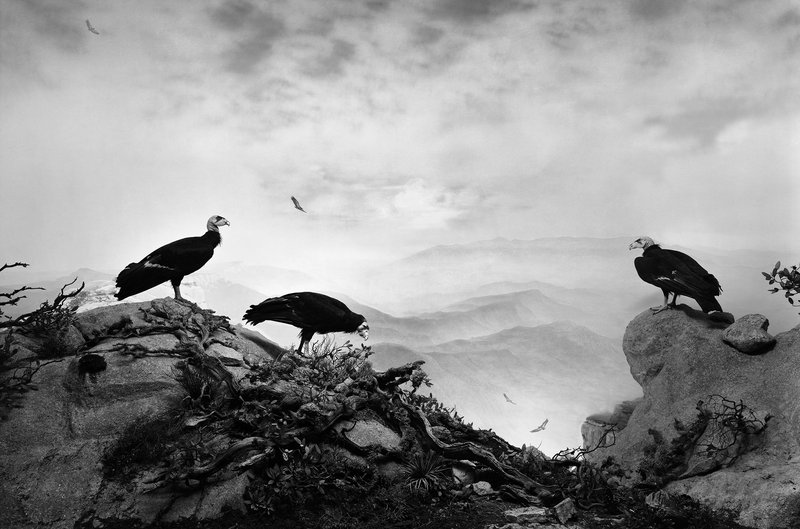
Hiroshi Sugimoto – California Condor (2012)
For the Japanese architect and photographer Hiroshi Sugimoto , his work frequently plays friendly tricks on the viewer. What appeared to be dip-dyed Hermes silk scarves were in fact detailed prints of his light-prism Polaroids ; for his 1999 series Portraits he reversed the process from which Madame Tussaud’s team had originally built waxwork models from detailed portrait paintings, by photographing the waxworks themselves, isolated from their surroundings and lit as though in a sixteenth century painting. ‘If this photograph now appears lifelike to you, you should reconsider what it means to be alive here and now,’ he wrote. A similar approach is found in this 2012 work, California Condor (the image first appeared in 1994 as part of his Diorama series). The image appears to be of some inhospitable, lunar outcrop of the west coast where birds of prey have settled. However, the birds are taxidermied, the backdrop is painted and the landscape is fake. The concept had first come to Sugimoto in 1974 while visiting the American Museum of Natural History and peering at the tableaux of stuffed animals, but realising that however ludicrously unconvincing they were, if glimpsed quickly and with little perspective, they could suddenly appear convincing. And in Sugimoto’s world, once photographed, regardless of how artificial the situation is, ‘It is as good as real.’
Marcos Vilas Boas – Barceló (2010)
Brazilian photographer Marcos Vilas Boas has been photographing landscapes for over 25 years. His series Flat Horizon began in 1997, and saw him photographing a series of maritime horizons, always at night. The use of extremely long exposures means that as the weather changes over the course of the shoot, the image adapts to encompass the conditions, with the final image being a unique combination of the place itself and the environment that existed around it as it was taken. Other images from this series of the Port of Barcelona capture the horizon lit in deep greens and flat blues, some with the moon hovering in the sky. In this one, the sky is a deep, shining black with the harbour barrier’s built up rocks illuminated in the moonlight and the shoreline gradually retreating out to sea.
Axel Hütte – Furka (1995-1997)
Part of the Dusseldorf School, Axel Hütte studied – along with Andreas Gursky , Thomas Ruff , Thomas Struth and Candida Höfer – under Bernd and Hilla Becher , the husband and wife photographic team who traveled across Europe and North America photographing the developed world’s vanishing industrial architecture, methodically cataloguing and organizing the derelict machinery and supersize structures that had been left behind as mines closed and factories ceased production. Their objective, documentary style was picked up by their students like Hütte, who applied it to other subjects and landscapes – in this case, Furka, a mountain pass in the Swiss Alps. The snow has melted, leaving a dense, textured carpet of verdant green, save for one still-frozen channel in the top right of the image. At an elevation of almost 2500 metres, this is one of the highest roads in Europe and was used as a location in the James Bond film Goldfinger (1964). But despite the stillness of Hütte’s image, the landscape is alive and shifting – the nearby Rhone Glacier moves 30-40 metres a year while the view constantly changes with the weather, snow and new growth of foliage.
[NaturePhotography-module]











